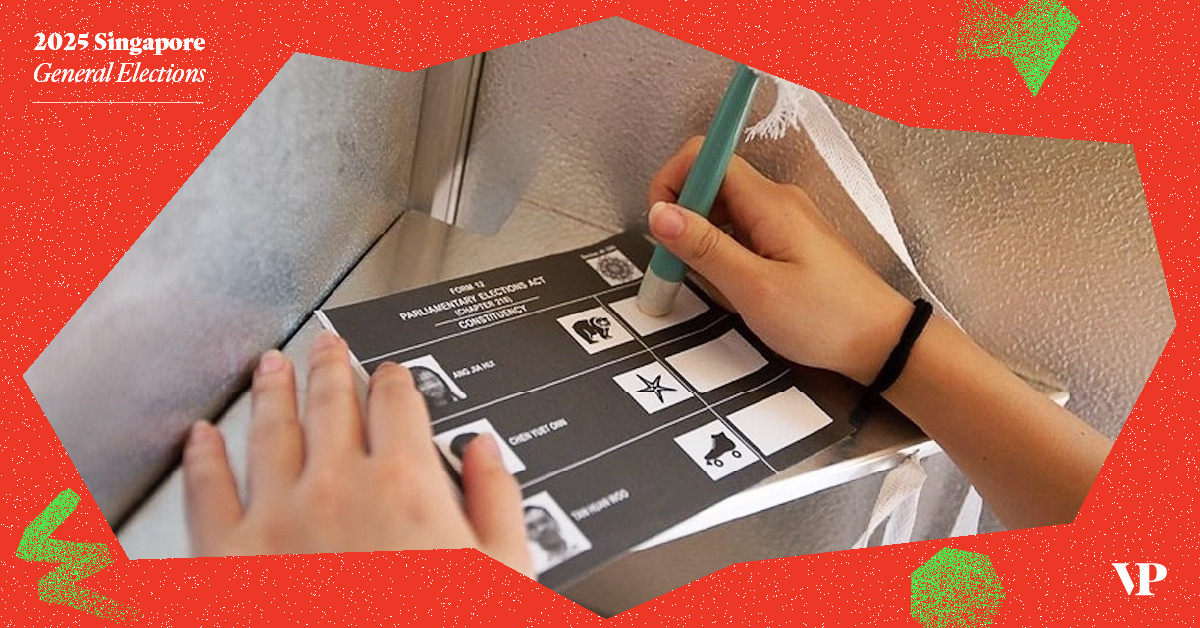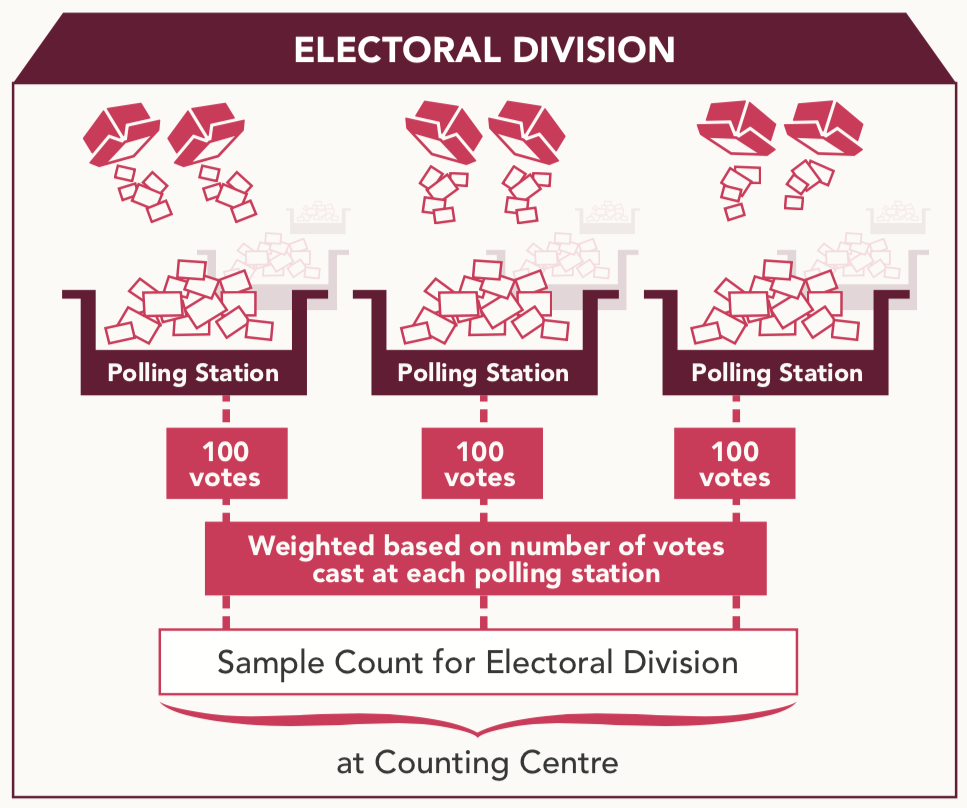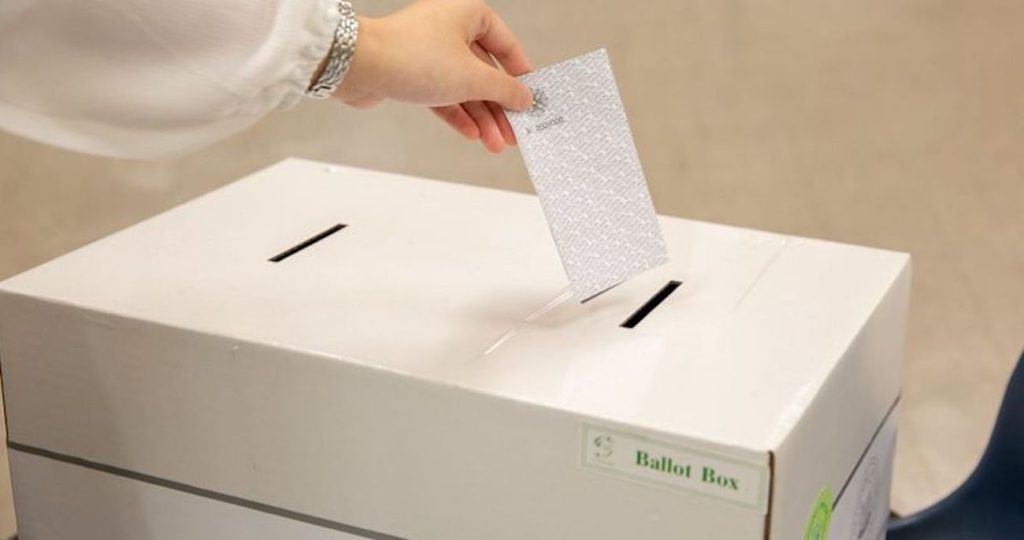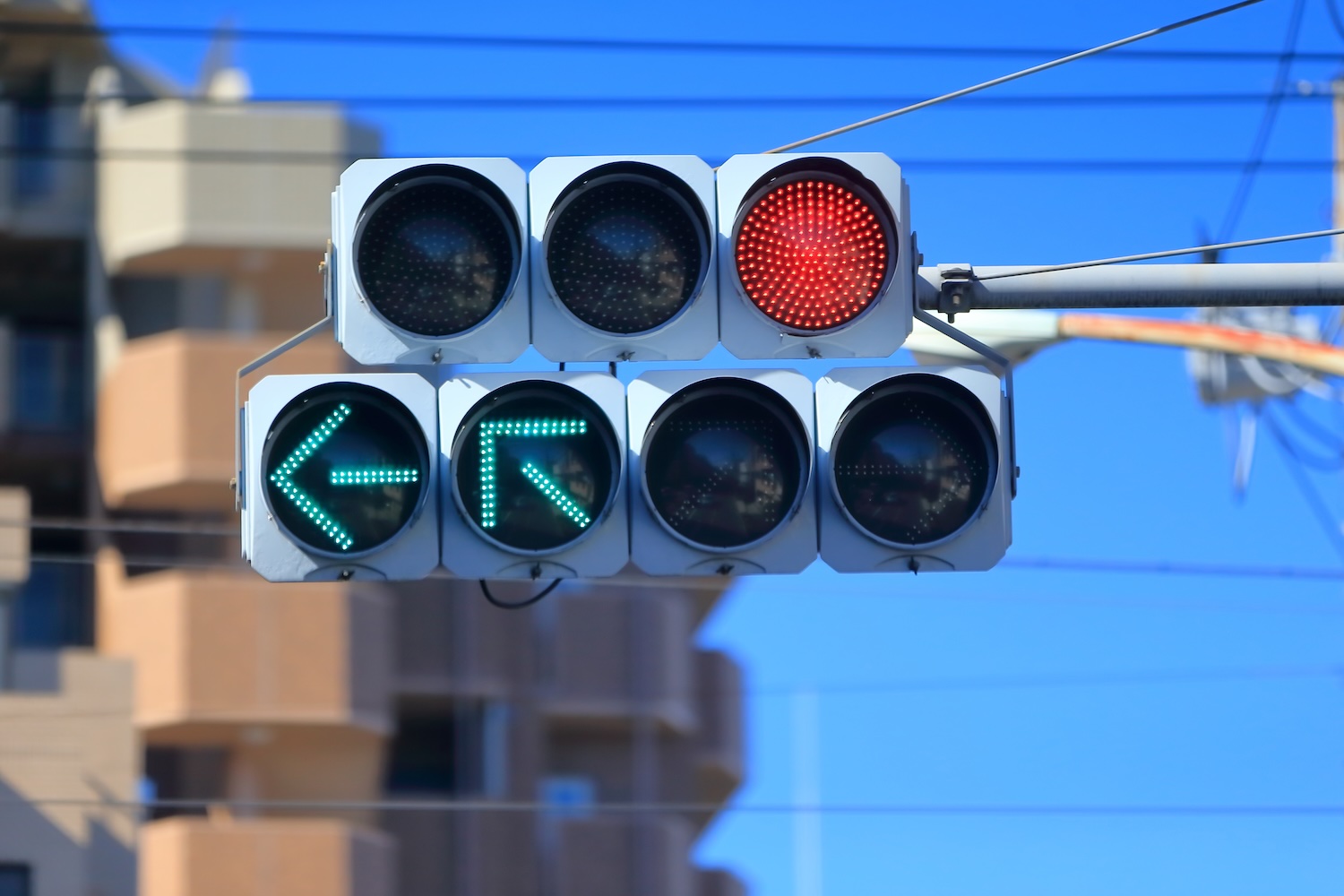GE2025: What is a sample count and is it even accurate?
After all the votes are cast, Singaporeans will be anticipating the results of GE2025—but before that, a sample count is performed first.

Singapore is well into the election season and is set to hold its general election (GE) on May 3.
Now that we are about a week away from Polling Day, here’s an explainer on a sample count—what is it and how does it differ from the election result?
After all the votes are cast, Singaporeans will be anticipating the results of the election. However, before the votes are counted, a sample count is performed first.
What is a sample count?
A sample count provides an early indication of the possible election results.
 Image Credit: Elections Department Singapore
Image Credit: Elections Department SingaporeAfter voting closes, ballot papers from the islandwide polling stations will be put in sealed boxes and transported to counting centres.
A counting assistant picks up 100 random ballot papers from each polling station and counts the number of votes for each candidate or group (in the case of GRCs).
The votes will then be added up and weighted according to the number of votes cast at each polling station.
The results from the sample count will then be disseminated to the media and published on the Elections Department (ELD) website.
Why do we need a sample count?
The sample count aims to prevent unnecessary speculation and reliance on unofficial sources while the counting process is still underway.
GE2015 marked the first time the sample counts were released to all the Group Representation Constituencies and Single-Member Constituencies.
Prior to that, sample counts were conducted for internal use by the ELD only. In the 2011 election, candidates could request for the sample count to be made known to them.
Releasing the sample counts to the public is even more relevant for the GE2025, when a large population of the electorate is more networked and media-savvy. This could lead to the proliferation of unreliable information.
How accurate is a sample count?
 Image Credit: Petir.sg
Image Credit: Petir.sgIn the 2015 elections, sample counts closely mirrored the final results, with discrepancies ranging from 0 to 3%.
Similarly, in GE2020, the deviations between the sample counts and final results were also relatively small—mostly falling within 0 to 4 percentage points.
Hence, if one political party is ahead by a larger margin, it is highly likely that they will take the constituency.
If the difference in votes between candidates contesting a constituency is 2% or less, an automatic recount will be carried out. Previously, candidates or counting agents had to apply for a recount.
Check out our GE2025 microsite for the latest election-related news, find out which constituency you belong to, and more here.
Featured Image Credit: Petir.sg/ Graphic designed by Vulcan Post

 Tekef
Tekef 































